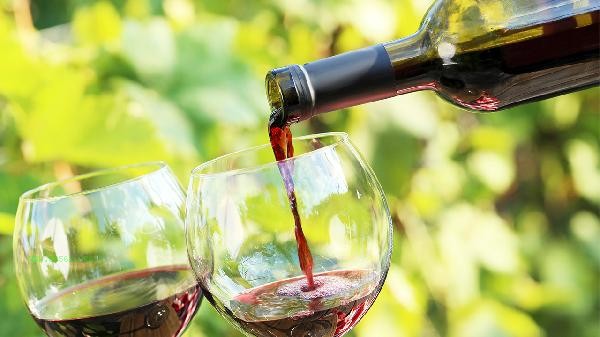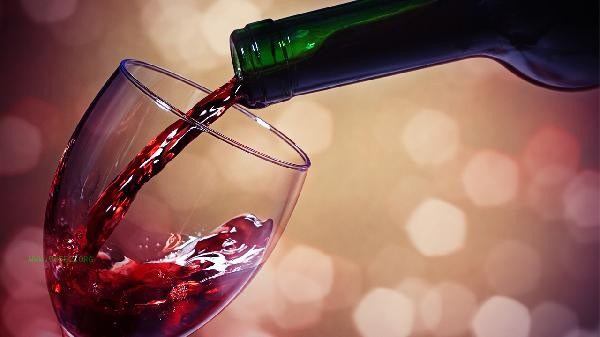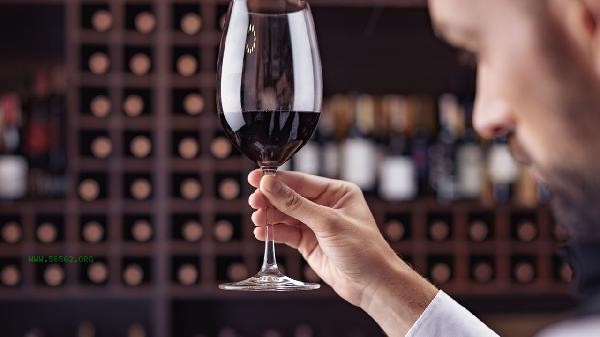The calories of red wine are absorbed by the human body, with about 70-120 calories per 100 milliliters of red wine. The actual absorption amount is mainly related to the amount of alcohol consumed, alcohol content, drinking speed, metabolic efficiency, and diet.

1. Influence of alcohol content:
Red wine's calories mainly come from alcohol and residual sugar, and the higher the alcohol content, the greater the calories. 12 degree dry red wine has approximately 85 calories per 100 milliliters, while 15 degree fortified wine can reach up to 120 calories. Alcohol metabolism takes priority over carbohydrates, with approximately 90% of alcohol calories being directly absorbed and utilized.
2. Differences in drinking speed:
When consumed quickly, the metabolic pressure in the liver increases, and alcohol that is not broken down in time is stored as fat through the bloodstream. It is recommended to drink no more than 100 milliliters per hour, and diluting with carbonated water can slow down the absorption rate.
3. Individual metabolic differences:

The metabolic efficiency of alcohol in the human body is determined by the activity of ADH and ALDH enzymes. People with genetic defects have a slower rate of alcohol breakdown, and about 30% of their calories are retained in the body in the form of acetaldehyde, making them more prone to heat accumulation.
4. Dietary pairing effect:
When drinking on an empty stomach, the alcohol absorption rate can reach up to 95%, and when paired with high protein foods, it can be reduced to 60%. The casein in cheese can delay gastric emptying, and the dietary fiber in nuts can reduce calorie absorption by about 15%.
5. Sports consumption compensation:
Drinking 150ml of red wine takes about 30 minutes of jogging or 15 minutes of skipping rope to consume. Drinking alcohol after exercise will prioritize replenishing muscle glycogen, but alcohol can inhibit lipoxygenase activity for up to 12 hours.

From a health perspective, it is recommended to consume no more than 150 milliliters of red wine per day, with a preference for dry wines below 12 degrees Celsius. When drinking, pairing with polyphenol rich foods such as olives and celery can promote alcohol metabolism and avoid consuming high sugar fruits to prevent calorie accumulation. Long term drinkers should undergo regular liver function tests, and obese individuals should choose non-alcoholic wine as a substitute. Note that alcohol calories belong to "empty calories" and cannot replace staple food nutrition. Fitness enthusiasts need to supplement with B vitamins after drinking alcohol.



Comments (0)
Leave a Comment
No comments yet
Be the first to share your thoughts!